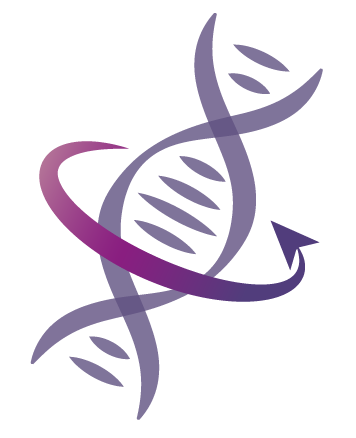Flawed “study” incorrectly claims that countries adopting hydroxychloroquine as a treatment for COVID-19 experienced reduced mortality rates
Some governments have favored the use of hydroxychloroquine for treating or preventing COVID-19. However, this does not necessarily imply that the people within those countries used the drug more often than did people in countries that restricted hydroxychloroquine use. Therefore, correlating countries’ mortality rates with their stance towards hydroxychloroquine use results in a spurious association that is based on flawed reasoning. In contrast, growing evidence from large randomized clinical trials suggests no beneficial effect of hydroxychloroquine in treating COVID-19 patients.
